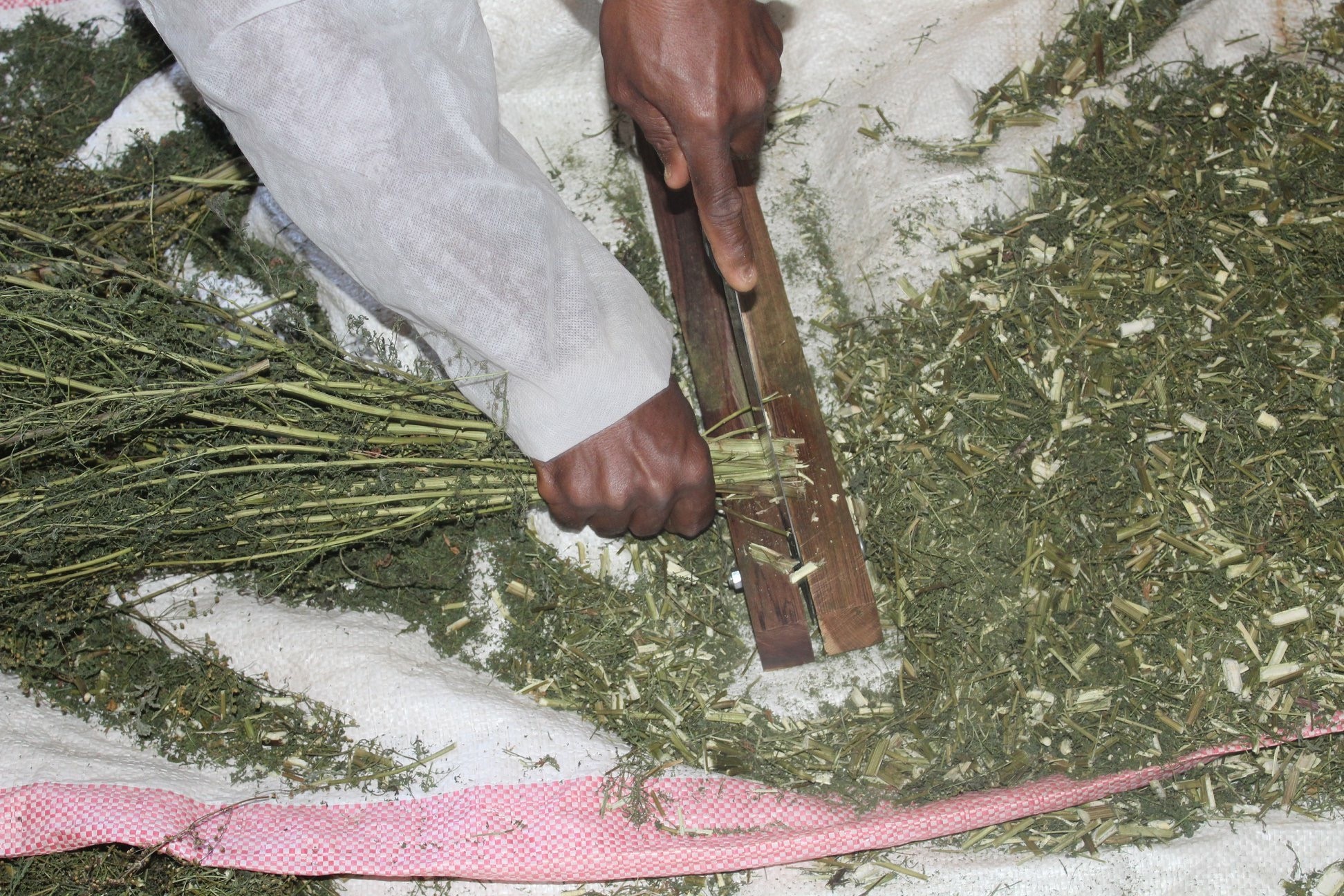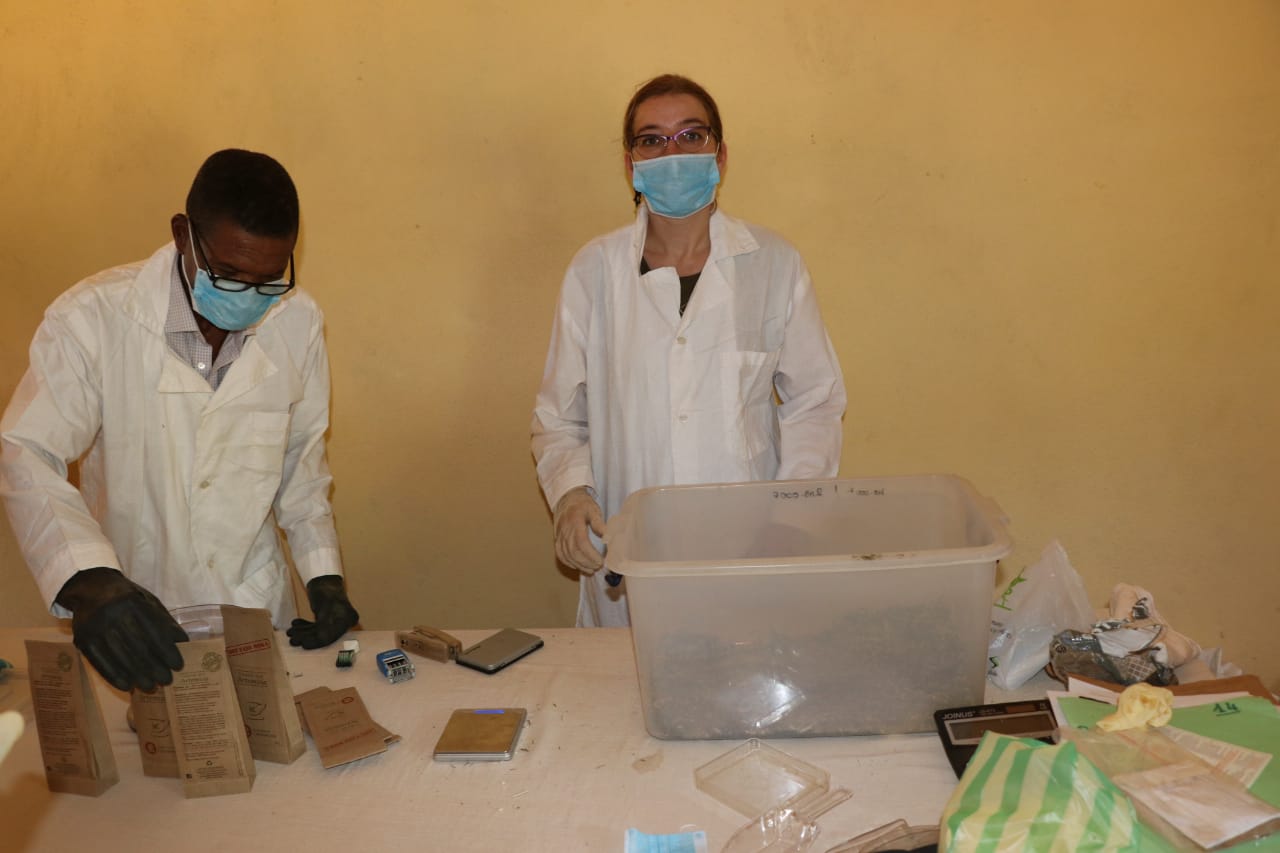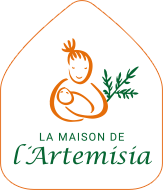Herbal Tea Production
Download in pdfHands must be thoroughly washed with soap before handling, all equipment and utensils must be clean and dry. Anyone handling plants must wear a clean and dry gown, mask and gloves.
Refer to Personnel and Equipment sections of WHO Guidelines on Good Agricultural and Collection Practices (GACP) for medicinal plants for more details on hygiene standards and for the processing facility.
the dried crop to remove blemished, mouldy and damaged plant material as well as soil particles, stones and other foreign matter [1].
There is a wide variation in stem (red, green and brown) and leaf (green and brown) colors that are not indicators of quality.
the leaves and stems with a machete or a conventional 16 or 24 hammer mill shredder to obtain 2 cm long segments.
herbal tea in clean, dry and preferably new bags [1-2]

Care must be taken to avoid overheating (of the shredder or any other method of grinding) as this causes the loss of volatile molecules and therefore reduces the efficacy of the Artemisia! It is normal for the leaves to crumble into powder once dry, but do not cut the HERBAL TEA into sections of less than 1 cm! It will quickly turn into POWDER which oxidizes rapidly with beneficial properties lasting up to 6 months maximum. Herbal tea beneficial properties last for more than 3 years.
NB : Parts of the central stems that are too thick for shredding can be used as incense sticks with antiseptic, purifying and anti-mosquito properties.
by storing the herbal tea in bulk in the freezer in large, clean, dry, airtight bags for 3 days or more.
IMPORTANT: Use well-sealed and airtight bags so that any condensation only occurs outside the bag and does not re-moisten the Artemisia. For defrosting, simply take the bag out of the freezer and leave about 24 hours to thaw.
or pre-printed 40 g envelopes with regulation label for packaging.
IMPORTANT: Use plastic-free and food-grade kraft paper!
Packaging must meet WHO standards and be non-polluting, clean, dry, undamaged, tear-resistant and in conformity with standards required for the plant in question [2].
Reusable packaging materials should be thoroughly cleaned and dried before use.
Store in a clean, dry, pest-free place that is protected from livestock, pets and other sources of contamination. [2]











